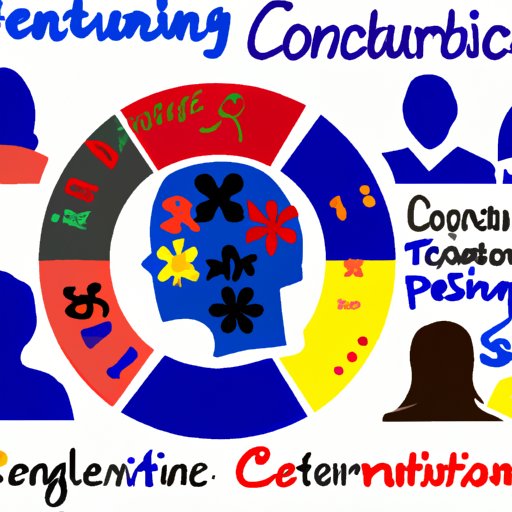Introduction
Cultural competence is an important skill for educators to have in today’s increasingly multicultural society. It involves understanding and valuing diversity, as well as being able to effectively communicate with individuals from different cultures. Cultural competence is essential for educators to create a safe and welcoming learning environment for all students, regardless of their background or beliefs.
Definition of Cultural Competence
The term “cultural competence” refers to an individual’s ability to recognize and respect the values, practices and beliefs of another culture. It also involves having the knowledge, skills and attitudes to interact effectively and appropriately with individuals from other cultural backgrounds. According to the National Association of Social Workers, cultural competence includes “the ability to understand, appreciate and interact with people across cultures.”

Overview of the Benefits of Cultural Competence in Education
Cultural competence is beneficial in many ways, especially in the field of education. It can help foster mutual respect and understanding between students and teachers, as well as improve student engagement and academic performance. Additionally, cultural competence can lead to increased parental involvement, improved classroom management and greater overall school success.
Building Cultural Competence in the Classroom
Understanding the Impact of Cultural Competence on Student Achievement
Culturally competent educators are better able to meet the needs of all students, including those from diverse backgrounds. This in turn leads to higher student engagement and academic performance. Research has shown that culturally competent schools are more likely to close the achievement gap, as well as reduce behavioral problems and dropout rates among minority students.
Creating a Culturally Responsive School Environment
Cultural competence is also important for creating a supportive and inclusive learning environment. Educators must be aware of their own biases and assumptions, and strive to create a classroom atmosphere where all students feel accepted, respected and valued. Schools should also provide resources and support for students from various cultures, including bilingual education programs and culturally relevant materials.
Examining the Role of Teachers in Promoting Cultural Competence
Teachers play a key role in building cultural competence in the classroom. They must strive to be open-minded and non-judgmental, and model respectful behavior towards individuals from different cultures. Teachers should also be willing to learn about different cultures and incorporate elements of those cultures into their teaching practice. Finally, they should encourage students to share their perspectives and experiences in order to foster a sense of belonging and mutual respect.

Developing Strategies to Increase Cultural Competence Among Students
Identifying Strategies for Supporting Diverse Learners in the Classroom
Educators should work to identify strategies for supporting diverse learners in the classroom. These may include implementing flexible instruction and assessment methods, providing resources specifically tailored to different cultures, and engaging in activities designed to promote cultural awareness and appreciation. Additionally, educators should ensure that all students have access to a rigorous curriculum that reflects the diversity of their community.
Examples of Strategies for Increasing Cultural Competence
Some examples of strategies for increasing cultural competence among students include using books, videos and other materials that represent different cultures; incorporating cultural celebrations into the curriculum; and engaging in activities such as role playing and simulations that require students to think critically about different cultures. Additionally, teachers can invite guest speakers from various backgrounds to discuss their culture and experiences. Finally, teachers should encourage students to ask questions and seek out information about different cultures.
Conclusion
Cultural competence is an important skill for educators to have in today’s increasingly multicultural society. It can help foster mutual respect and understanding between students and teachers, as well as improve student engagement and academic performance. Building cultural competence in the classroom requires teachers to understand the impact it has on student achievement, create a culturally responsive school environment, and develop strategies to increase cultural competence among students. Examples of strategies for increasing cultural competence include using books, videos and other materials that represent different cultures, incorporating cultural celebrations into the curriculum, and engaging in activities such as role playing and simulations that require students to think critically about different cultures.
Overall, cultural competence is essential for creating a safe and welcoming learning environment for all students, regardless of their background or beliefs. By understanding the benefits of cultural competence in education, developing strategies to increase it among students, and examining the role of teachers in promoting it, educators can foster a more inclusive and successful learning environment for all students.
(Note: Is this article not meeting your expectations? Do you have knowledge or insights to share? Unlock new opportunities and expand your reach by joining our authors team. Click Registration to join us and share your expertise with our readers.)
